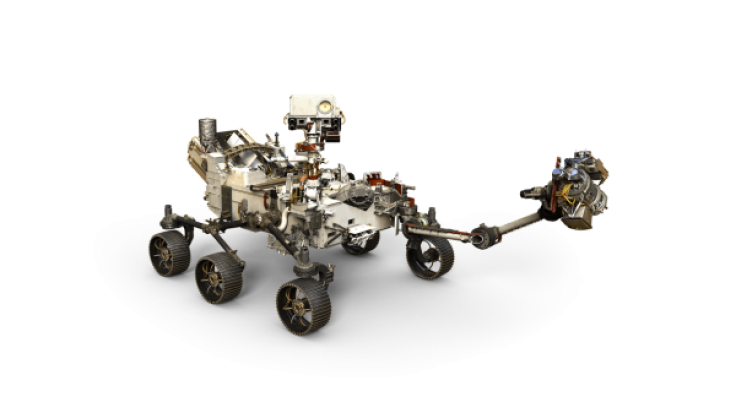
NASA has planned to launch its Perseverance rover towards Mars this coming summer. The brand-new machine is equipped with powerful 3D zooming cameras that will allow its operators to view the footage in fantastic quality and detail.
The Mastcam-Z will be used in the rover's mission on Mars while the team that controls it will plan out the routes and movements the robot and its arm will take. Specialized 3D goggles will be used to view the contours of the landscape.
The new addition where the "Z" stands for "zoom," will be placed on the robot's head and is an upgraded version of the previous Mastcam which was equipped on NASA's Curiosity Mars rover that produced amazingly beautiful photographs of Mars' surface.
Modern-day features
The camera will do more than zoom and capture images, however, as it will also be capable of providing critical data to engineers with its daily discoveries and give the public a view of the wonders and beauty of space.
The predecessor's Mastcam was initially designed to have zoom capabilities but was too much of an obstacle at the time for a robot as small as the Mars rover.
Arizona State University's Jim Bell said the Curiosity was initially planned to utilize a zoom camera with extreme wide-angle features. Bell is Mastcam-Z's and predecessor Mastcam's principal investigator. He also said that the opportunity would have provided a beautiful panoramic perspective and view but proved to be just too much of an endeavour.
The Perseverance's camera simplifies things by zooming both lenses until they match which can then be used to create a single 3D image which is more comfortable and more efficient due to requiring fewer images to be sent to Earth, leading to less data as well.
Not just 'eyes'
Another feature the Mastcam-Z will provide is helping geologists choose appropriate targets better to understand the surface of the red hot planet.
The upgraded camera will provide enhanced vision, recording the landscape in vivid colours and captures even those that are invisible to the naked eye. It also scans the environment with ultraviolet or infrared rays which enable it to reveal metal meteorites spread across the land and compositions that are worth looking into further by experts.
The Mastcam-Z will also monitor the Sun and sky observing the moons of Mars and detailing how the dust storms and cloud formations vary over time.
Plans to share the images captured by the rover to the public are to be placed on a public website. Bell said that it is imperative to show the world of the discoveries of science across the galaxies and that the rover belongs to the world along with all of its findings and observations.
The massive robot weighs in at about 1,025 kilograms and will journey on a mission to search for signs of life past microbial systems. It will collect samples and data from the planet that it will store until its set to return to Earth, paving the way for exploration of the red planet.









